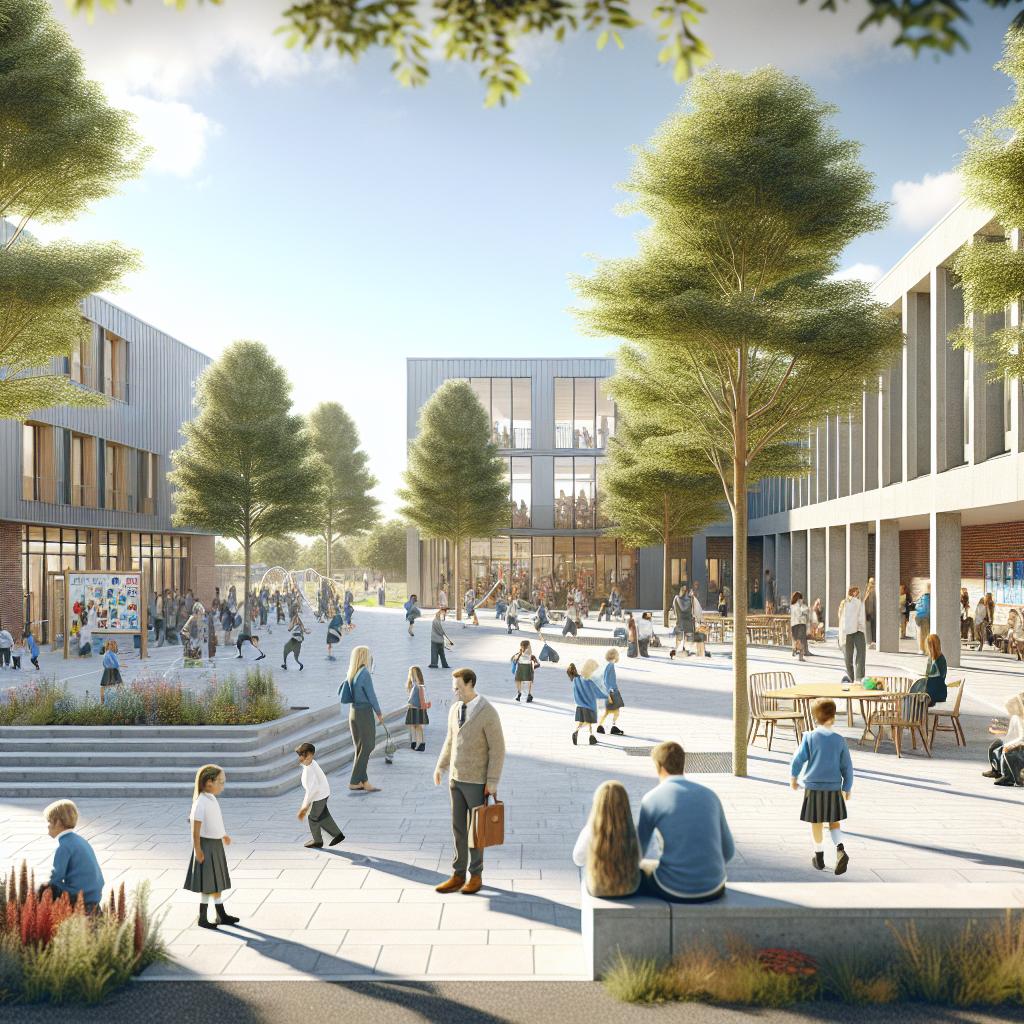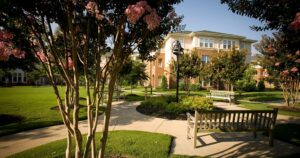A path to economic mobility: The More for Memphis plan for schools to become true community hubs
Published on 23rd February 2024 by MJ Galbraith for the High Ground Team
Over the course of the next several months, we will be conducting an in-depth study into the More for Memphis plan: its motivations, objectives, and projected outcomes. This week, our focus is on Education and Youth, one of the six key areas critical to the success of the initiative.

On Wednesday, November 15, 2023, the More for Memphis Governing Body gathered at the headquarters of Junior Achievement of Memphis and the Mid-South to review the strategic plan aimed at bolstering economic mobility opportunities for Black and Brown communities throughout Memphis and Shelby County. The plan was approved unanimously, and three working groups commenced the six-month process of transitioning the initiative from planning to implementation.
The More for Memphis Plan
The More for Memphis plan, carried out under the auspices of the nonprofit, Seeding Success, is focused on six major areas: Education & Youth, Economic Development, Arts & Culture, Community Development, Health & Well-being, and Justice & Safety. The crux of the initiative is to create a ‘cradle-to-career’ approach, laying out a road-map for Memphis’ Black and Brown communities to access opportunities at every stage of their life journey. The implementation of this plan is expected to bring about noticeable changes over the next five years, including a 10% reduction in school suspensions and a 10% decrease in chronic absenteeism.
The Community Schools Model
The cornerstone of the Education and Youth strategy is the adoption of a Community Schools model. In this plan, schools are viewed as not just institutions of learning, but also as multi-purpose community hubs. The model fosters an environment where the needs of the community are met through a combination of education, social services, and community services, all under one roof.
The Community Schools model points towards the creation of school-based health centers to meet the health needs of the underserved family members, along with other services tailored to unique individual and community needs. It places the child and their family at the core, ensuring that they have the resources needed to thrive. This cohesive approach is expected to bridge current gaps in educational attainment and socio-economic success, reshaping the landscape for the future generation.
Next Steps and Projected Outcomes
The focus of the initiatives is synchronized with the broader goal of the More for Memphis plan: to bolster economic mobility. Schools, as community hubs, will pave the path for economic mobility through an equitable approach to education that considers the individual needs of students and their families.
Each community in Shelby County comes with its unique challenges and issues. The Community Schools model is designed to be flexible, adapting to meet the specific needs of each neighborhood and ensuring that everyone has access to necessary resources.
Implementation of the Community Schools model across public and charter schools alike could bolster economic mobility by blending community-centered and community-sourced solutions into our educational infrastructure. By being intentional about nurturing generations of Memphis residents, we hope to see a positive shift within exclusionary structures that have historically hindered progress for many Black and Brown communities.
If you found this informative, and want to stay updated with solution-focused news, consider subscribing to receive weekly updates directly in your inbox.








